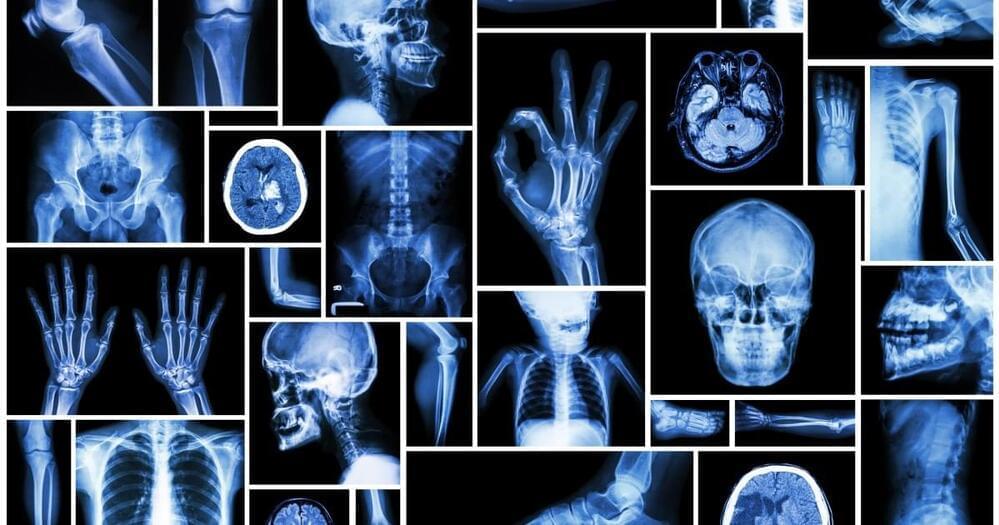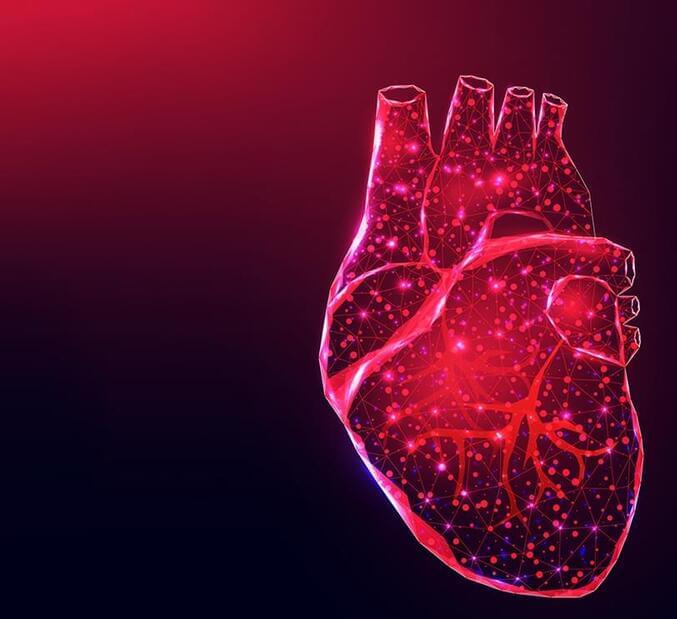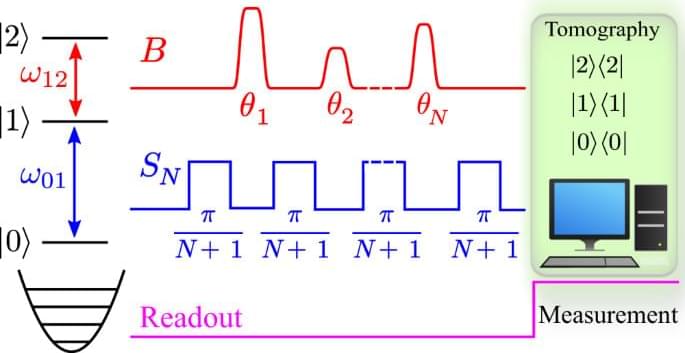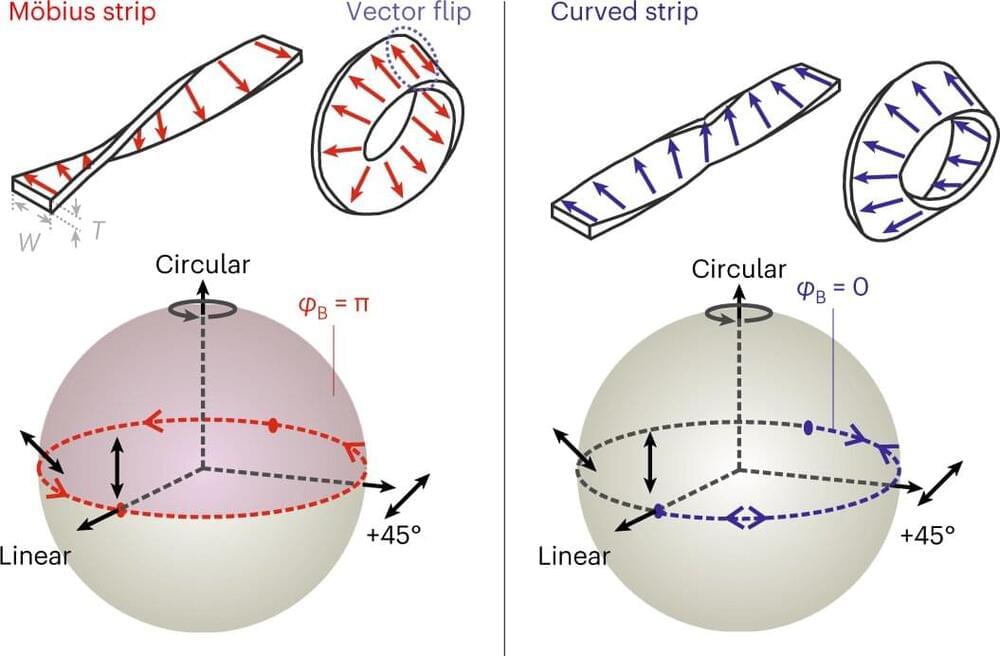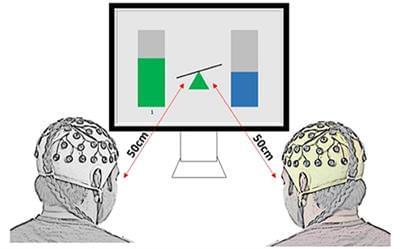More humans are being born with a third arm artery, an example of microevolution happening right before our eyes.
Page 3644

So you thought 2022 was bad, you ain’t seen nothin’ yet! Check out today’s insane new video on why 2023 will be the worst year EVER!
🔔 SUBSCRIBE TO THE INFOGRAPHICS SHOW ►
Dec 27, 2022
ChatGPT Is a Stunning AI, but Human Jobs Are Safe (for Now)
Posted by Shubham Ghosh Roy in categories: employment, robotics/AI
Dec 27, 2022
Top 10 High Paying AI Jobs to apply in December 2022
Posted by Shubham Ghosh Roy in categories: employment, robotics/AI
If AI is what intrigues you, you need to check out these high-paying AI jobs to apply for your next role.
Artificial Intelligence, AI is undoubtedly the most in-demand and sought-after technology. The increasing popularity of AI has definitely turned the world upside down and for the better. The high paying AI jobs are definitely a reason that people are so fascinated by them. The article lists top 10 highly paying AI jobs to apply for in December 2022. These are the exact AI jobs to apply for a whooping salary.
Data Scientist
Dec 27, 2022
Precision cardiovascular medicine prevents the development of heart diseases
Posted by Shubham Ghosh Roy in categories: biotech/medical, genetics, life extension
Blood pressure genetic risk score can predict risk of heart attacks and stroke.
Nearly half of all American adults have elevated blood pressure or hypertension and high blood pressure contributes to 65 percent of cardiovascular deaths in the US. Now researchers at University of Alabama at Birmingham have used genomic information to create a blood pressure “genetic risk score”.
Longevity. Technology: Cardiovascular disease is the leading cause of death worldwide and is responsible for a significant burden of morbidity and mortality. As people age, their risk of developing CVD increases, making it a major contributor to the morbidity and mortality associated with aging. That there is a pressing need for research into CVD in order to identify effective strategies for prevention and treatment would seem obvious, but this research is particularly important as the global population is aging and the prevalence of CVD is expected to rise with it. However, having such an enormous number of people at risk brings extra problems – how can risks be quantified and determined on an individual basis? The answer could lie in understanding and leveraging genetic data.
Dec 27, 2022
Will Glycine Supplementation Reduce Homocysteine?
Posted by Mike Lustgarten in categories: biotech/medical, genetics
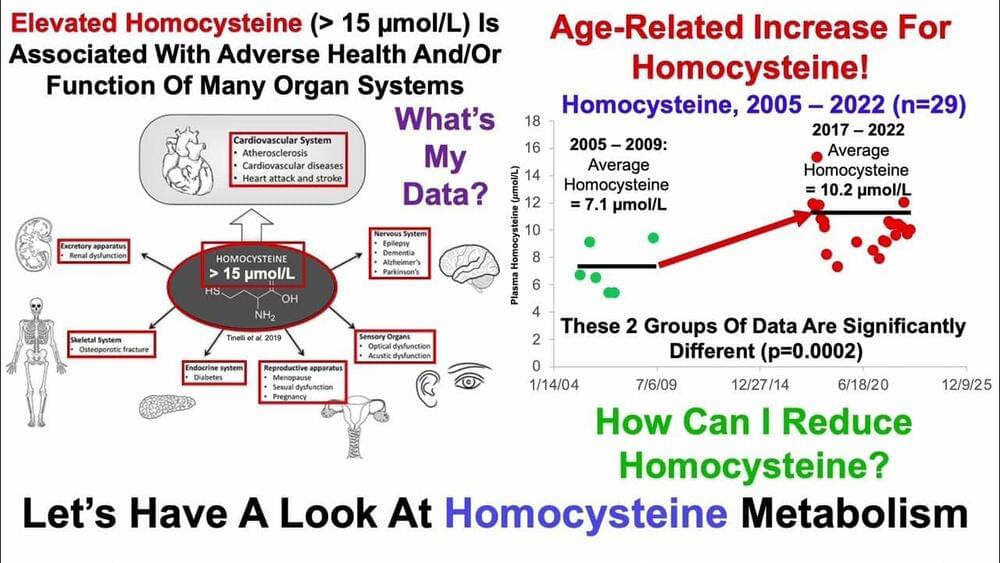
Join us on Patreon!
https://www.patreon.com/MichaelLustgartenPhD
TruDiagnostic Discount Link (Epigenetic Testing)
CONQUERAGING!
https://bit.ly/3Rken0n.
Continue reading “Will Glycine Supplementation Reduce Homocysteine?” »
Dec 27, 2022
New Research: This Activity Can Reduce the Risk of Metastatic Cancer
Posted by Paul Battista in categories: biotech/medical, chemistry, genetics, health
Professor Carmit Levy. Credit: Tel Aviv University.
Professor Carmit Levy from the Department of Human Genetics and Biochemistry and Dr. Yftach Gepner from the School of Public Health and the Sylvan Adams Sports Institute at TAU’s Sackler Faculty of Medicine conducted the study. Prof. Levy notes that the new research has resulted in a very important discovery by merging scientific know-how from different schools at TAU, which may help avoid metastatic cancer, Israel’s top cause of death. The study was recently published on the cover of the journal of Cancer Research.
Prof. Levy and Dr. Gepner: “Studies have demonstrated that physical exercise reduces the risk for some types of cancer by up to 35%. This positive effect is similar to the impact of exercise on other conditions, such as heart disease and diabetes. In this study we added new insight, showing that high-intensity aerobic exercise, which derives its energy from sugar, can reduce the risk of metastatic cancer by as much as 72%. If so far the general message to the public has been ‘be active, be healthy’, now we can explain how aerobic activity can maximize the prevention of the most aggressive and metastatic types of cancer.”
Dec 27, 2022
Coherent interaction-free detection of microwave pulses with a superconducting circuit Communications
Posted by Saúl Morales Rodriguéz in category: evolution
Interaction-free measurements typically use repeated interrogations of an object that suppress the coherent evolution of the system. Dogra et al. demonstrate in a superconducting circuit a novel protocol that employs coherent repeated interrogations, and show that it yields a higher detection probability.
Dec 27, 2022
Insights into optical resonances determined by the topology of the Möbius strip
Posted by Dan Breeden in categories: mathematics, media & arts
In the current issue of Nature Photonics, Prof. Dr. Oliver G. Schmidt, Dr. Libo Ma and partners present a strategy for observing and manipulating the optical Berry phase in Möbius ring microcavities. In their research paper, they discuss how an optical Berry phase can be generated and measured in dielectric Möbius rings. Furthermore, they present the first experimental proof of the existence of a variable Berry phase for linearly or elliptically polarized resonant light.
A Möbius strip is a fascinating object. You can easily create a Möbius strip when twisting the two ends of a strip of paper by 180 degrees and connecting them together. Upon closer inspection, you realize that this ribbon has only one surface that cannot be distinguished between inside and outside or below and above. Because of this special topological property, the Möbius strip has become an object of countless mathematical discourses, artistic representations and practical applications, for example, in paintings by M.C. Escher, as a wedding ring, or as a drive belt to wear both sides of the belt equally.
Dec 27, 2022
Brain Synchrony in Competition and Collaboration During Multiuser Neurofeedback-Based Gaming
Posted by Dan Breeden in categories: education, media & arts, neuroscience
EEG hyperscanning during multiuser gaming offers opportunities to study brain characteristics of social interaction under various paradigms. In this study, we aimed to characterize neural signatures and phase-based functional connectivity patterns of gaming strategies during collaborative and competitive alpha neurofeedback games. Twenty pairs of participants with no close relationship took part in three sessions of collaborative or competitive multiuser neurofeedback (NF), with identical graphical user interface, using Relative Alpha (RA) power as a control signal. Collaborating dyads had to keep their RA within 5% of each other for the team to be awarded a point, while members of competitive dyads scored points if their RA was 10% above their opponent’s. Interbrain synchrony existed only during gaming but not during baseline in either collaborative or competitive gaming. Spectral analysis and interbrain connectivity showed that in collaborative gaming, players with higher resting state alpha content were more active in regulating their RA to match those of their partner. Moreover, interconnectivity was the strongest between homologous brain structures of the dyad in theta and alpha bands, indicating a similar degree of planning and social exchange. Competitive gaming emphasized the difference between participants who were able to relax and, in this way, maintain RA, and those who had an unsuccessful approach. Analysis of interbrain connections shows engagement of frontal areas in losers, but not in winners, indicating the formers’ attempt to mentalise and apply strategies that might be suitable for conventional gaming, but inappropriate for the alpha neurofeedback-based game. We show that in gaming based on multiplayer non-verbalized NF, the winning strategy is dependent on the rules of the game and on the behavior of the opponent. Mental strategies that characterize successful gaming in the physical world might not be adequate for NF-based gaming.
Humans are social creatures whose behavior and consciousness are heavily shaped by their environment. Hence, it is natural that hyperscanning, a technique which involves simultaneous recording of physiological activity from more than one subject, is used to deepen our understanding of human interaction. In recent years, hyperscanning has been applied to brain activity to shed light on the neurophysiological representation of various types of interpersonal communication. These range from verbal interaction (Pérez et al., 2017; Ahn et al., 2018), leader-imitator (Dumas et al., 2010; Yun et al., 2012), joint attention and joint decision-making (Toppi et al., 2016; Hu et al., 2018), to teaching or playing music in a duet (Sänger et al., 2012; Müller et al., 2013). Moreover, the neurological coupling of mothers and their infants was investigated for positive and negative emotions and their regulation (Reindl et al., 2018; Santamaria et al., 2020).
